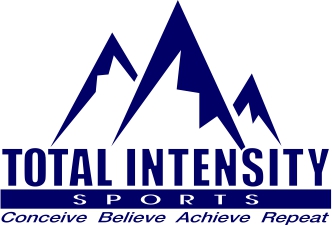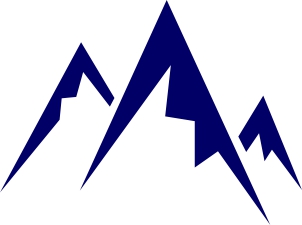
The term core has become very common when talking about any sort of workout in the gym. But, not everyone really knows what this term means or refers to the same thing when they use it. Many people also don’t know or don’t understand how training the core can help you outside of the gym.
So, what does your core refer to? Basically, it is the middle of your body, starting from your diaphragm and working down to about the mid-thigh and includes everything in between-glutes, hips, abs, hip flexors, lower back, obliques, etc., etc. Why is this area so important? Your balance, center of gravity, and rotational movements all come from this area. When this area is weak or inflexible, it can lead to imbalances in your kinetic chain (muscle and bone structure that is connected from head to toe), lower body injuries, difficulty with balancing, and lower back pain, just to name a few problems.
How does training your core in the gym help you with swimming, biking, and running? In swimming, the two most important concepts for efficient swimming are flotation and rotation. Flotation comes from engaging your deep core muscles while proper rotation is initiated from the hips and obliques. In cycling, pulling up on the pedals engages the hip flexors while the glutes help to power through and around the pedal stroke to provide smooth, circular pedaling. Also, when you are riding in windy conditions, engaging your core muscles provides stability to keep your bike upright into those wind gusts! When you run, your hip flexors and glutes are also engaged in the swing phase (when you bring your leg forward). The tilt of your pelvis is also important in all three sports and is controlled by your lower abs and glutes.
So, here are my top three core exercises for triathletes.
Planks
These activate your entire body from shoulders to ankles if done correctly. They mimic your flotation position in the water, your aerodynamic position on the bike, and your pelvic tilt while running. The key is to keep those lower abs and glutes engaged so that your butt isn’t sticking up or your hips sagging.


Rotational Planks
These mimic the rotation through your hips while swimming and help to control/minimize the side-to-side rotation of your torso while running.


Glute Bridges (on Bosu or Fit Ball)
These activate your glutes and inner thighs. Your glutes are activated when you swim, bike, and run, as mentioned above. Knee stability, or lack thereof, is often associated with hip and glute strength. Keep the glutes strong and firing to eliminate stress on the knees when biking and running.










